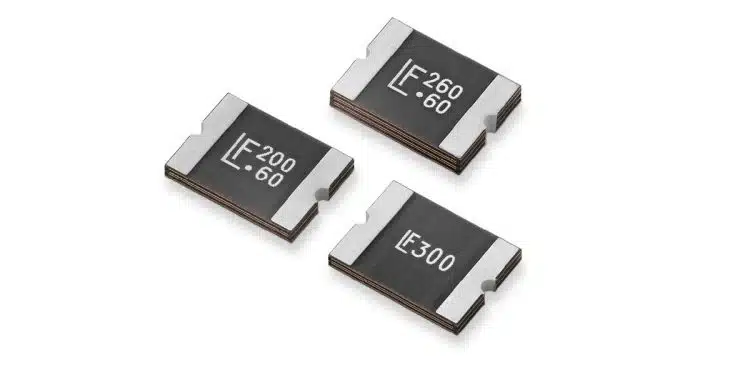Littelfuse, Inc., an industrial technology manufacturing company empowering a sustainable, connected, and safer world, announced the release of 60V 3425L Series SMD resettable PPTCs (Polymeric Positive Temperature Coefficient) overcurrent circuit protection devices.
The latest 3425L Series SMD PPTCs is an extension of the Littelfuse PolySwitch® family of resettable overcurrent protection devices, which provides resettable, high-voltage overcurrent protection in a compact, surface-mounted 8763 mm (3425 mils) size.
The new 3425L series is ideal for use in many applications, including:
- Consumer electronics, such as power tools and televisions
- Computing equipment and servers
- Industrial robotics
- Data center and telecom equipment
“Adding the 3425L Series to the PolySwitch product line delivers another clear performance advantage for electronics designers and their latest innovations,” said Stephen Li, a Global Product Manager at Littelfuse. “These new surface-mounted PPTC devices offer resettable high-voltage overcurrent protection, thereby reducing product warranty, service, and repair costs.”
The 3425L Series SMD PPTCs offer the following key benefits:
- Resettable overcurrent protection with operational voltages ranging from 36 V to 60 V.
- Compatible with high-volume electronics assembly, providing a compact 3.4 x 2.5 mils size surface mountable footprint.
- Environmentally friendly with RoHS compliance and halogen-free manufacturing.































